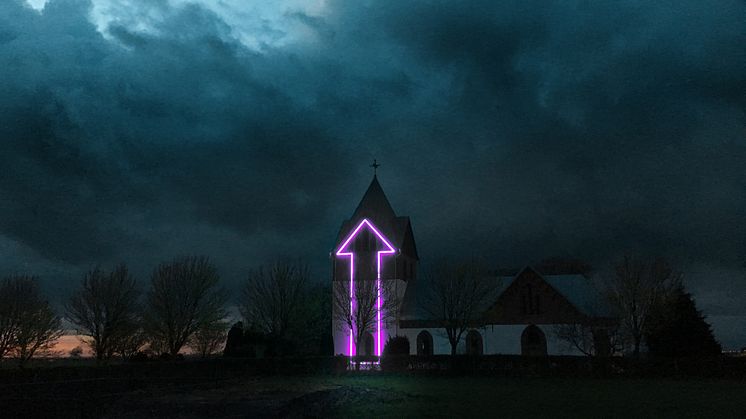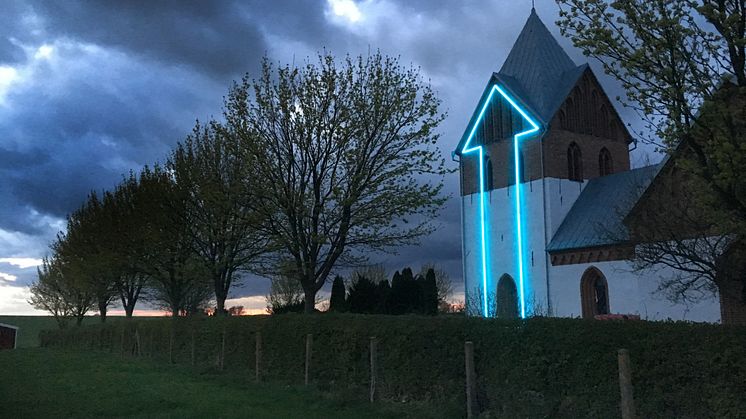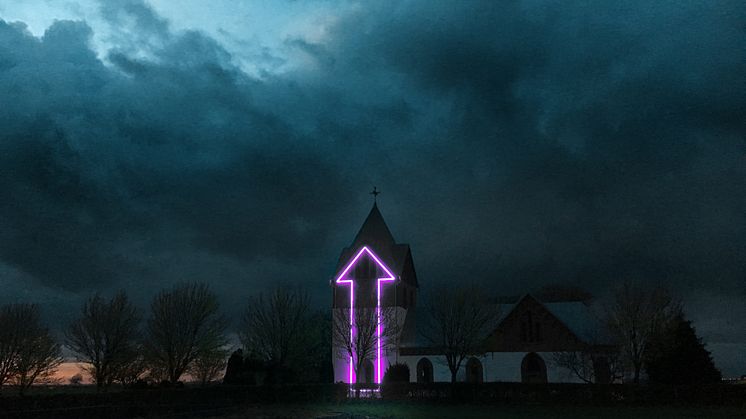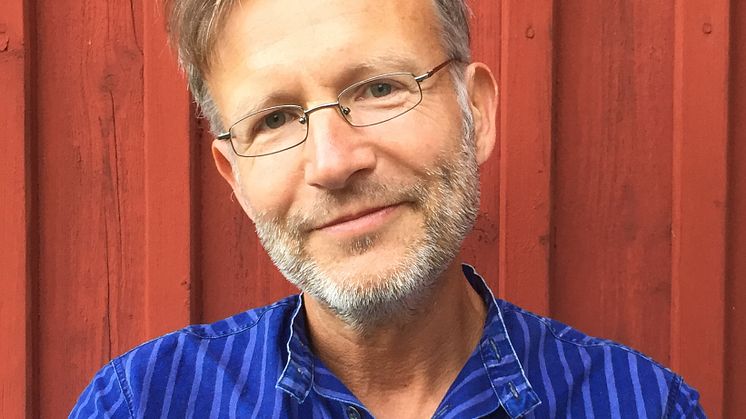
Press release -
From living heritage to zombie churches
Churches are preserved by an antiquarian system that risks killing them instead of keeping them alive. The Swedish State and the Church of Sweden therefore need to define new joint visions and goals to enable the ecclesiastical cultural heritage to be used and developed. This is shown by historian of art Henrik Lindblad in a new doctoral thesis from Uppsala University.
Compared with churches in many other countries, the 3,000 churches belonging to the Church of Sweden enjoy strong statutory protection and receive large ecclesiastical heritage grants to preserve the church buildings. The system, designed in preparation for the divorce between Church and State, has been successful in that the churches today are well cared for in material terms. However, as a result of the dwindling membership of the Church of Sweden and the declining demand for church services, it is becoming increasingly difficult to keep churches open.
“Many churches now stand closed and unused and we risk having a future cultural heritage that may be well-preserved on the surface but is empty of content,” says Henrik Lindblad. “We will end up with zombie churches instead of a living heritage.”
As described in his thesis, government cultural heritage policy, which regards cultural heritage as a dynamic phenomenon in constant change, has had a negligible effect on the regulations and practical treatment of churches. In his opinion, the cultural heritage grants and the agreement between the State and the Church are based on an outdated view of cultural heritage and conservation. This has locked the churches into a church antiquarian system that prevents the necessary development of churches as living heritage used for other purposes apart from worship. Because the churches are not treated in the same way as other cultural heritage objects, they have not followed the general trend, in which cultural sites are regarded as resources that are capable of development.
“The closed Caroli Church in Malmö is an example of a protected church building that has been caught between conflicting approaches – conservation or renewal of the cultural heritage – with the Swedish National Heritage Board ignoring the goals of cultural policy during the legal proceedings and instead referring exclusively to the protection enshrined in the Historic Environment Act. The consequence has been a locked up church that has basically killed off an entire neighbourhood in central Malmö and that costs the owner SEK 600,000 a year to manage but does not generate any income.”
Lindblad describes how the transmission of cultural heritage often focuses on the positive stories while avoiding the dark side. One example is the 17th century witch trials in Torsåker in Ångermanland, where the Church took a leading role in the persecutions that led to the execution of around 70 parishioners. He regards the witch trials as examples of difficult cultural heritage that should be given greater visibility – so as to shed light on the historical guilt of both Church and State and to learn from past mistakes.
The thesis concludes that a holistic approach to churches as living heritage and resources for society could lead to their increased use in sustainable local and regional development. Achieving this will require a shared vision on the part of the State and the Church and enhanced skills among cultural heritage professionals for working on development issues.
“If the legislation and the ecclesiastical heritage grants provide more support for the development of churches as resources for the community, they have great potential to contribute to sustainable development at local and regional levels.”
PhD thesis: Lindblad, H. (2023). Kyrkliga kulturarv i en ny tid: Samlade studier och reflektioner (PhD thesis, Acta Universitatis Upsaliensis). Retrieved from http://urn.kb.se/resolve?urn=urn:nbn:se:uu:diva-495174
For further information:
Henrik Lindblad, Department of Art History, Uppsala University, henrik.lindblad@konstvet.uu.se, +46-70-938 45 90
Topics
Categories
Founded in 1477, Uppsala University is the oldest university in Sweden. With more than 50,000 students and 7,500 employees in Uppsala and Visby, we are a broad university with research in social sciences, humanities, technology, natural sciences, medicine and pharmacology. Our mission is to conduct education and research of the highest quality and relevance to society on a long-term basis. Uppsala University is regularly ranked among the world’s top universities. www.uu.se



